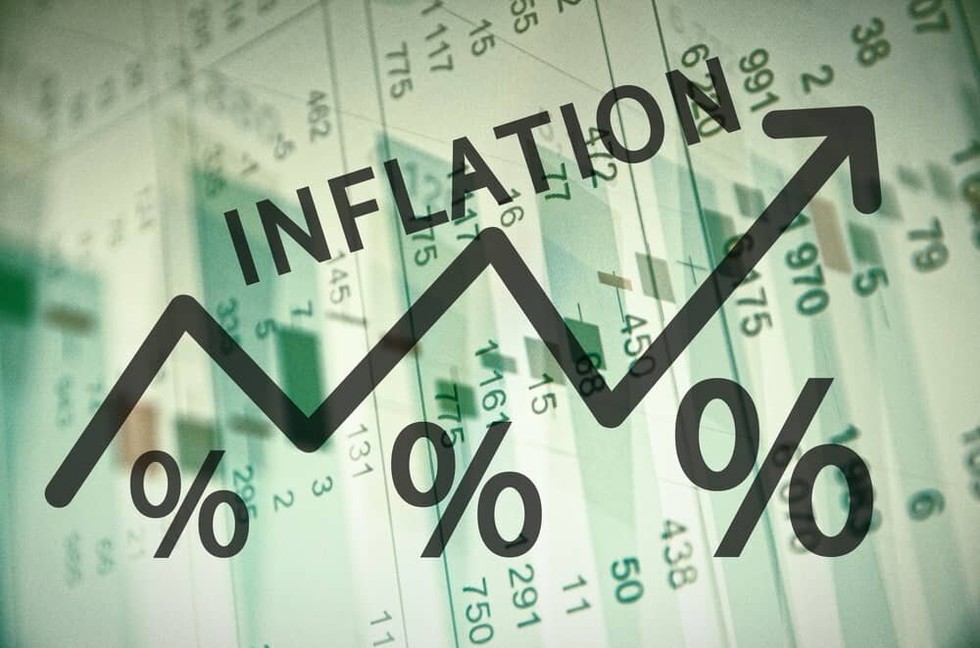The ‘higher for longer’ interest rate scenario, where the U.S. Federal Reserve and the European Central Bank delay anticipated rate cuts beyond 2024, is projected to affect emerging economies’ currencies, growth, and inflation outlooks. According to a simulation by the Asian Development Bank (ADB), India is expected to experience the most significant effects among Asian countries.
Effects on India’s Economy
- Inflation Impact
- India’s inflation could increase by approximately 0.4 percentage points during 2024 and 2025 compared to baseline projections.
- Growth Impact
- GDP growth in India may dip by slightly under 0.2 percentage points in 2025 compared to the ADB’s baseline projections.
- ADB’s Projections
- The ADB forecasts India’s growth at 7% for the current year, with a recovery to 7.2% in 2025-26. It also projects an average inflation rate of 4.6% in 2024-25, followed by 4.5% in the subsequent fiscal year.
Mechanisms of Impact
- Interest Rate Differentials
- The primary channel of impact on emerging economies is through interest rate differentials, leading to initial currency depreciation.
- Imported Inflation
- The relative appreciation of the U.S. Dollar and Euro in a ‘higher-for-longer’ environment results in higher imported inflation due to weaker regional currencies.
- Impact on India
- The impact on India is more pronounced due to its higher sensitivity of inflation to exchange rate fluctuations and its reliance on imported goods.
Currency Depreciation and Export Competitiveness
- Positive Effects
- Currency depreciation could enhance India’s export competitiveness, potentially adding 0.05 percentage points to GDP growth in the current year.
- Future Concerns
- However, these positive effects may diminish in 2025 and 2026 as monetary easing in the U.S. and Euro areas gradually offsets exchange rate gains.
Additional Risks and Considerations
- Geopolitical Risks
- Ongoing conflicts in the Middle East and disruptions in shipping routes could further impact inflation pressures.
- Shipping Costs
- High shipping costs, which rose 82% between September and December 2023 and have been increasing since February, could exacerbate inflation pressures.
Conclusion
The inflationary impact in developing Asia, including India, is expected to be persistent, peaking approximately 13 months after the initial shock and gradually subsiding thereafter in the absence of further shocks.
Multiple Choice Questions (MCQs):
- What is the projected impact on India’s inflation due to the ‘higher for longer’ interest rate scenario?
- A) Decrease by 0.2 percentage points
- B) Increase by 0.4 percentage points
- C) Remain unchanged
- D) Increase by 0.1 percentage points
- How much could GDP growth in India potentially increase due to currency depreciation?
- A) 0.1 percentage points
- B) 0.3 percentage points
- C) 0.05 percentage points
- D) 0.2 percentage points
- What is identified as the primary channel of impact on emerging economies in the scenario discussed?
- A) Fiscal policy changes
- B) Currency appreciation
- C) Interest rate differentials
- D) Trade agreements
